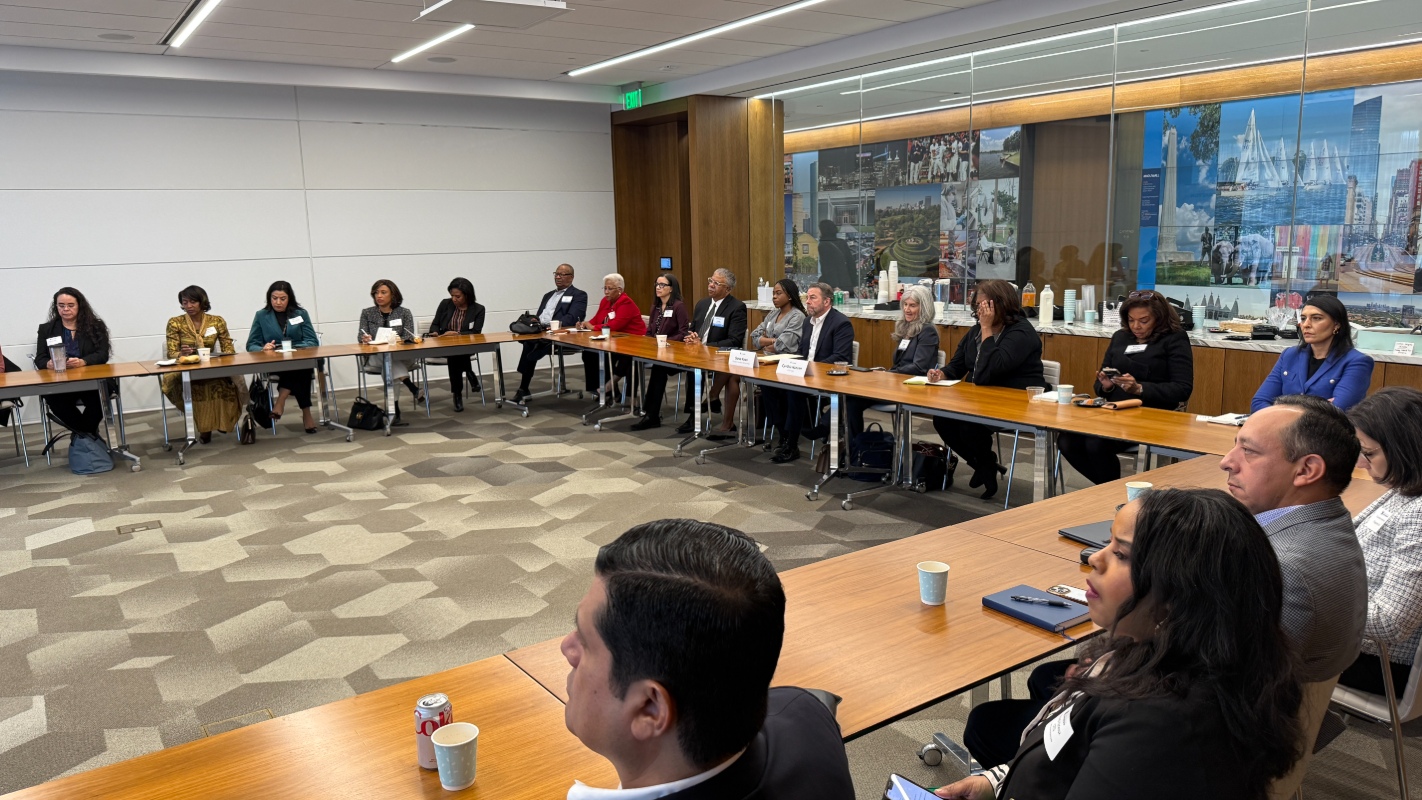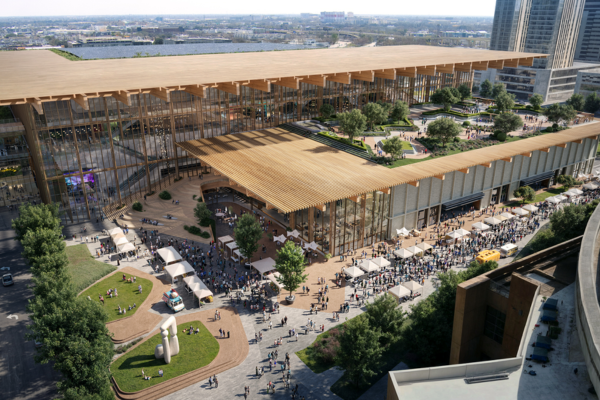One Houston Together: Understanding Racism
Published Sep 01, 2020 by A.J. Mistretta
Many of us have specific ideas of what racism looks like, but we often don’t realize how pervasive it can be. Indeed, people of color face both individual and systemic racism in often subtle ways in everyday life.
As part of its new One Houston Together initiative to address racial inequities in our city, the Partnership hosted Understanding Racism, the first in a series of conversations to help build knowledge and awareness, on September 1.
The event featured Dr. Melanye Price, Endowed Professor of Political Science at Prairie View A&M University, in conversation with Partnership Chief Strategy and Innovation Officer Jenny Philip.
We invite you to watch the full conversation by clicking the video recording to the right. Important topics included:
- The difference between systemic and individual racism and how each is defined.
- Examples of systemic racism—from how COVID-19 is disproportionately affecting communities of color to the prevalence of food deserts in predominantly minority neighborhoods.
- How the nation is reacting differently in this period following the murder of Houston-native George Floyd in Minneapolis than it has after similar situations in the past.
- What individuals should ask themselves when confronted with a situation outside of their perceived norm with the goal of not reacting based on someone’s race or other characteristics.
- How people from different racial and socioeconomic communities can perceive their city differently—i.e. a Black woman in Third Ward likely has a different view of Houston than a white man living in the Heights.
- Understanding the history and existing community of the neighborhood where you choose to live.
- Understanding where an individual’s questions about race come from—striving for perspective.
- Recognizing that racism does not always come in extreme form, like a Neo-Nazi or member of the Klu Klux Klan. Rather that racism can take many forms in everyday life—from what we see depicted on television and in the media to our workplace interactions.
- Having a consciousness about interpersonal racism will allow you to identify and help correct it when it occurs around you.
- The ongoing reality of voter suppression and how we can work to combat it to ensure all voices are heard this election season.
- The importance of surrounding yourself with a diverse community, one that looks different from you and allows for tough conversations.
Learn more about One Houston Together.
Upcoming One Houston Together virtual events that are free to register:
- Education and Racial Inequities – Sept 8
- Health & Racial Inequities – Sept 15
- Developing Equitable Communities – Sept 22
- The Business Community’s Role in Addressing Racial Inequities – Sept 29
- Houston NEXT: An ERG Summit – Oct 16
 The Houston Report
The Houston Report



















